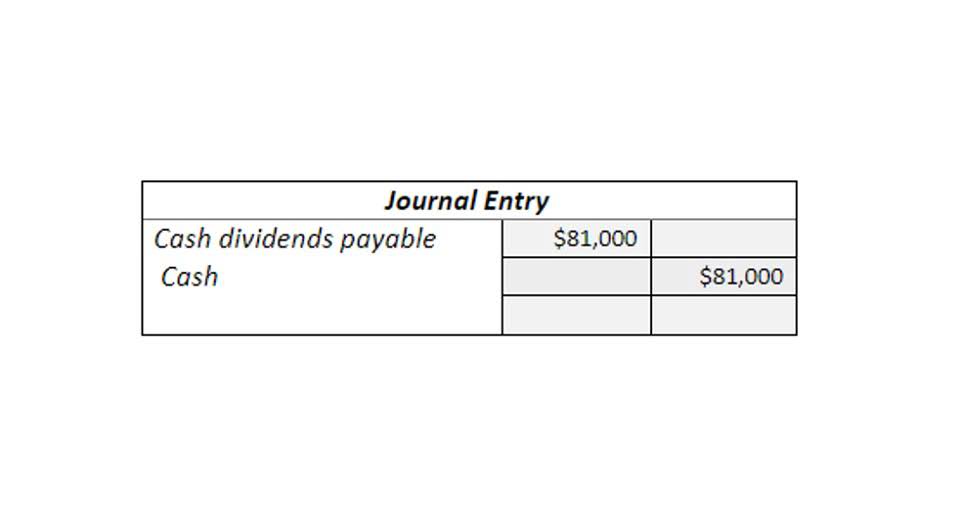
We leave this step until last because some funders, including many government funders, will not allow fundraising expenses to be charged to their grants or contracts. Regardless of whether a funder will pay for fundraising expense, it remains part of the total cost of running each program and we need this information to be truly informed. This process is most valuable when a nonprofit can understand both the full cost of delivering programs and the amount and type of income that relates to those programs. Leaders can use this information to analyze the financial model of programs individually and as part of the whole.

Mastering the Art of Nonprofit Budgeting: Key Principles & Best Practices
The operating budget must be centered around the primary goals and objectives of the organization. At the first budget planning meeting, the board or budget committee should agree on their financial goals. This will require prioritizing program delivery goals and setting organizational financial goals.
Related Organizational Management Articles
Finally, get clear on and name the goals, organizational values, and priorities that you want to have reflected in this year’s budget. Make sure that you clearly determine the roles and decision-making processes that will yield the most effective information gathering, analysis, and decision making. Additionally, determine a timeline that ensures approval prior to the fiscal year-end. Finally, the board or budget committee should be ready to present the annual budget to any necessary committees and the board for final approval. If you have started a new nonprofit, you will still need to create a budget.
Master Your Nonprofit’s Budget with Nonprofit Budget Templates from Smartsheet
Set up your budget so it’s as simple as filling in the blanks come next year. Do what you can to structure your budgets similarly over the years—this will make it easier to compare them side by side as you track your growth. Get an idea of who the granting bodies are, who they typically choose to support, and how much funding they have to offer. A nonprofit project budget shows you what you have to gain without accidentally dipping into your operational expenses. For example, do you have a program or department that is really good at doing a particular task? Shifting some workload to that area could free up capacity to support some of your goals.
Atlanta Nonprofits Driving Positive Change
This can be a daunting task for a new nonprofit because you do not have history to review, but there are some tips that can help make it easier. If you use accounting software to for your budget, https://www.bookstime.com/ there is the benefit of those budget to actual reports we discussed earlier. Historical budgeting simply means using the previous year’s budget as a starting point for the coming year’s budget.
Your board members should have a direct role in developing cash flow projections, agreeing on the assumptions to use, and reviewing the projections carefully. Keep in mind the difference between fixed and variable costs when you are tracking expenses. Variable costs are directly tied to events, increasing or decreasing and changing with each situation. Since you have some control over these expenses, this is where a lot of decision-making will happen. Donors and partners like to see how many dollars are spent on the nonprofit’s mission versus executing the mission. List expenses in the high-level categories of staff, contractors, occupancy, and support expenses (which include all other program and operating expenses).
- With this comprehensive annual nonprofit operating budget template, you’ll get quarter-by-quarter and yearly insights into income and expenses.
- Seeing these things side by side gives you the tools to decide how you can best use your resources.
- Throughout the year, you’ll be able to track which avenues are working best for you.
- You can use cost-benefit analysis to determine if the event would be more valuable than some other methods of fundraising.
- The formulas should be revisited if there are major changes in the way expenses are used, such as staff reassignments or growth of a program.
Revenue & Expenses: What to Budget For
Gathering this information before you begin crafting a nonprofit budget will allow you to make the most practical and informed decisions about your organization’s finances. Google Ad Grants provide eligible nonprofits a $10,000 Budgeting for Nonprofits monthly stipend to spend on paid search ads, helping supplement their marketing budgets. While regular Google Ad accounts have to pay per ad click, Google Grant participants can display their advertisements for free.

Your nonprofit board should review and approve any major changes presented during a budget update. Those variances help provide information regarding your organization and changes that are occurring and help develop future budget. Your internal control process should include review of the budget and those variances should be discussed and documented. It’s also very important to the success of your programs that your revenue and expenses estimates are realistic. While there is generally space for hope and dreams in the nonprofit world, when it comes to budgeting – there isn’t. When putting in the numbers for your revenue, make sure you know exactly where your funds will come from.
Best Practices for Creating a Nonprofit Budget

